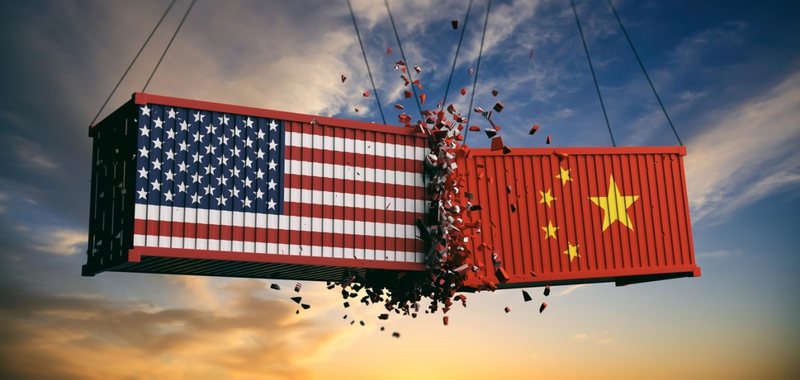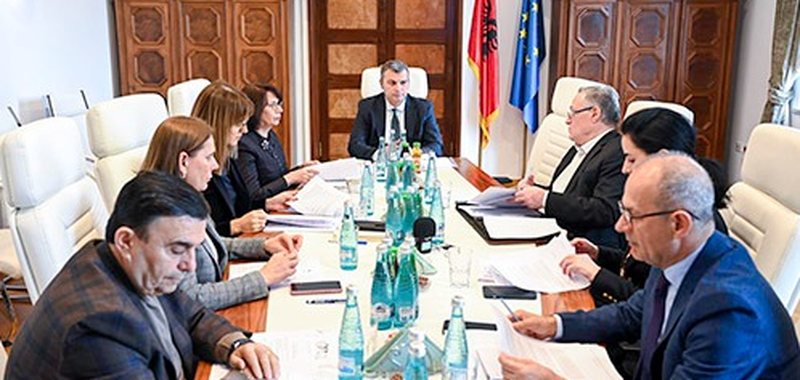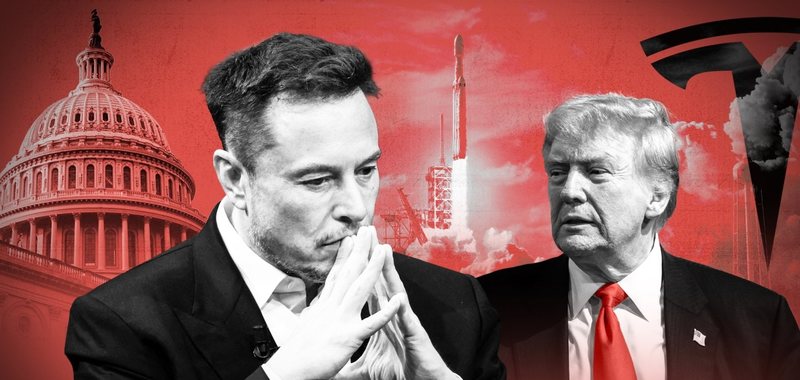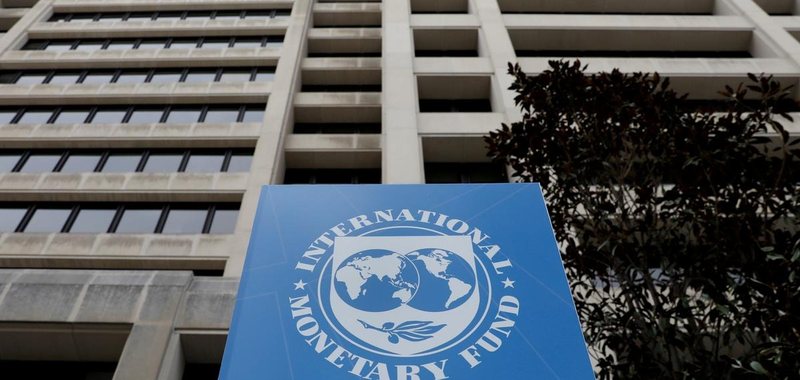Why is Europe facing a serious grain production crisis?!

Europe is facing a severe cereal production crisis, exacerbated by unfavorable weather conditions, high production costs at stable prices, low production quality and stiff competition from Ukraine. These factors combined have created a perfect storm for the agriculture sector.
In a meeting with MEPs earlier this week (November 18), EU Commission official Pierre Bascou raised concerns about cereal production, which is forecast to reach just 255.6 million tonnes this year, 9% below the historical average.
"This season was particularly challenging due to a series of adverse weather events for the harvest," he added, noting how droughts in Southeast Europe and excessive autumn rainfall have negatively affected both the quantity and quality of the harvest. .
The EU official pointed out that the decline in production is due to the reduction of land allocated to cereals and the decline in yields in key regions. France, a major producer, has been hit particularly hard, with output declines only partially offset by increases in other areas.
The decline is particularly pronounced in corn production, estimated at 58 million tons, 12% below the historical average. Meanwhile, the common wheat harvest is forecast at 112.6 million tons, 11% below average. Only barley is expected to have a slight increase compared to last year, but remains 5% below the historical rate. However, the issue is not just about quantity; quality is also a major concern.
Many crops show lower protein levels or alkaloid contamination, a toxin that can severely affect market value. This contamination has caused many batches of grain to be reduced from feed to feed or even biomass, significantly reducing prices for farmers.
The grain market has faced volatile prices over the past two years, driven by geopolitical factors and fluctuating supplies. Despite low EU production levels, global competitors in the southern and northern hemispheres are seeing bumper harvests, keeping prices subdued.
"The situation is not dramatic, but clearly, we could expect better prices in line with the decline in production," noted the Commission's Bascou. Adding to the pressure, Europe is being flooded with cheaper grain from Ukraine, driving prices even lower while production costs have skyrocketed.
Although fertilizer and animal feed prices fell by 8% in the third quarter of 2024, overall input costs remain significantly higher than in 2020. Fertilizer prices are still comparable to levels seen in the early 2020s and production costs in key regions have increased.
For example, in France, average production costs increased from €1,512 per hectare in 2021 to €2,065 per hectare in 2023. Similarly, in Ireland, costs increased from €1,330 per hectare to €2,199 per hectare during the same period.

EU-US trade spat: EC targets new list of US products for retaliatory import tariffs!
The European Commission is preparing a list of US products to impose retaliatory import tariffs in an ongoing trade dispute over Spanish black olives. The......

Begaj starts consultations on the election date - Meetings with political parties, the President: Important process
President Bajram Begaj has started a consultation process with political parties to determine the date of the general elections that will take place next......

The Bank of Albania approves the Medium-Term Development Strategy - Objectives are defined / From monetary policy to money emissions
The Supervisory Council approved the Medium-Term Development Strategy of the Bank of Albania for the period 2025-2027, as well as the budget for 2025. The......

Trump and Musk promise massive cuts - Federal workers hope to save jobs
More than 2 million federal civilian employees in the US are seeking protection from Donald Trump and Elon Musk's promise to cut budget costs by cutting the......

Not only for tourism, but also aesthetic interventions - Expert: Albania should follow Turkey's model
Albania is increasingly welcoming foreign citizens, mainly from Italy, to perform aesthetic interventions. From the data of the Ministry of Tourism crossed......

IMF: The end-of-year bonus is not a long-term solution - A fund is created in BSH to increase pensioners' income in the following years
A new system that will detect the non-declaration of employees' salaries and a fund for increasing pensioners' income is expected to be created soon. This......

"We will double energy production within 5 years" - Deputy Minister Klosi: We are in the conditions to build a regional market
Albania is increasingly following the model of developed countries for the implementation of green energy. During the Energy, Construction and Green Economy......

ECB Fears Effect of Trump Tariffs - Outlook for Economic Growth Cloudy, According to Two Officials
The European Central Bank's two top policymakers said they were more concerned about the damage new US trade tariffs would do to economic growth in the......





















